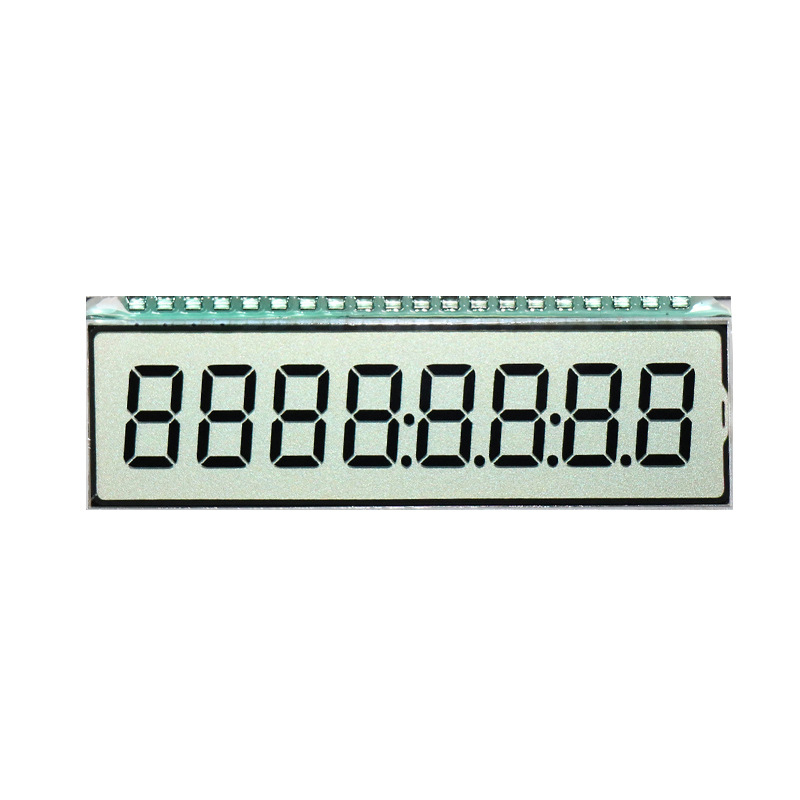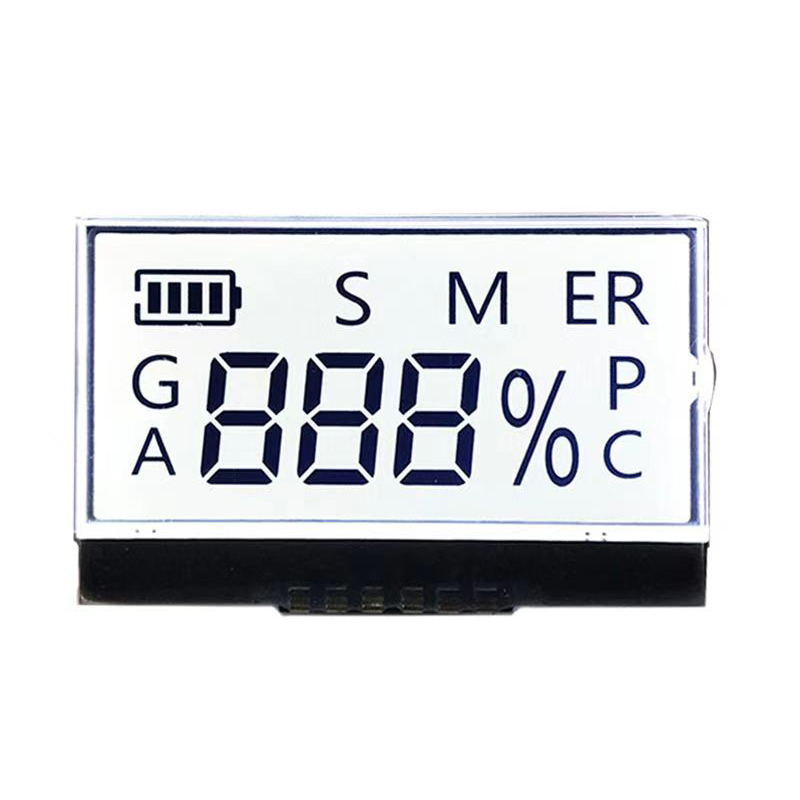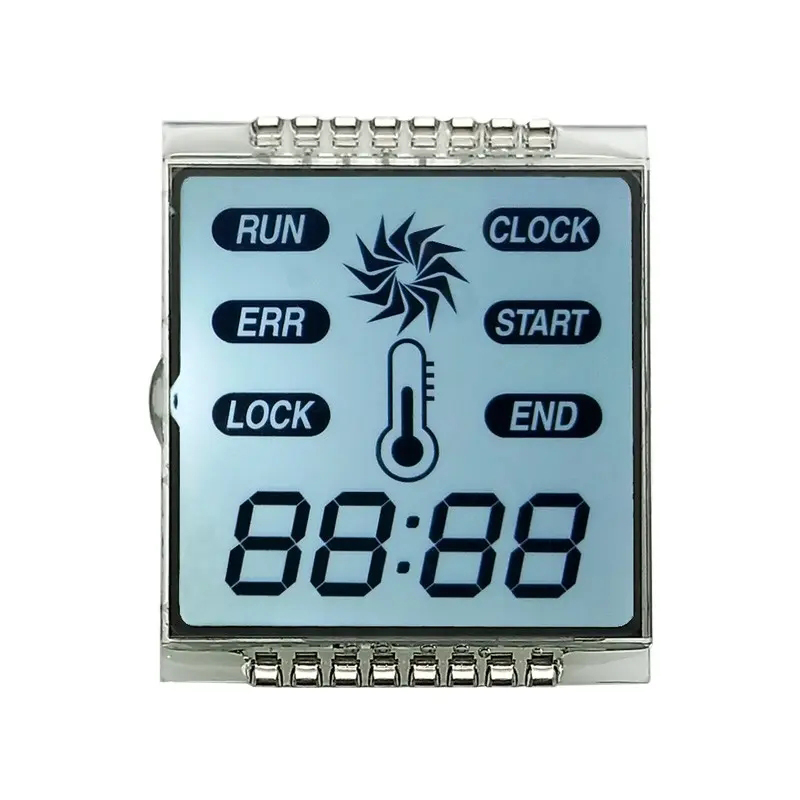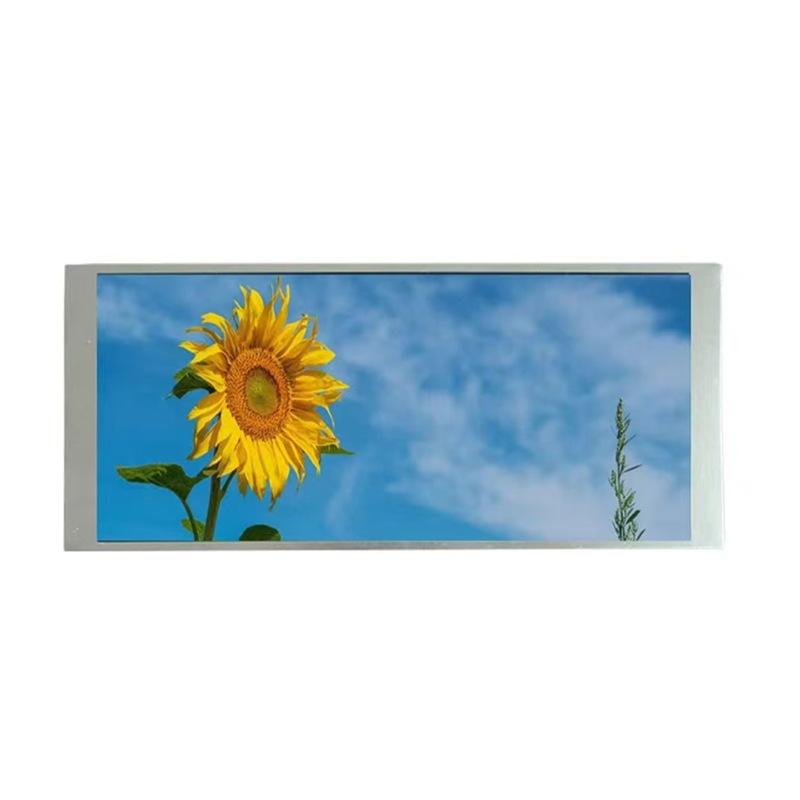TFT Display Screen: A Comprehensive GuideUnderstanding the intricacies of TFT display screens is crucial for anyone involved in electronics, from manufacturers to consumers. This guide delves into the technology behind these ubiquitous displays, exploring their characteristics, applications, and considerations for selection. We will cover various aspects, providing a clear and concise overview for informed decision-making.
What is a TFT Display Screen?
Understanding the Technology
A
TFT display screen, or Thin-Film Transistor display, is a type of liquid crystal display (LCD) that uses thin-film transistors to control the liquid crystals. Unlike passive-matrix LCDs, TFT LCDs offer superior image quality with faster response times and sharper contrast. Each pixel in a TFT LCD is individually addressed by a transistor, allowing for precise control over brightness and color. This technology is the backbone of most modern LCD screens found in smartphones, laptops, monitors, and televisions. The quality and performance of a
TFT display screen are influenced by factors like resolution, pixel pitch, response time, and color gamut.
Key Features and Specifications
Several key specifications define the performance of a
TFT display screen. These include: Resolution: Measured in pixels (e.g., 1920x1080), it determines the image sharpness. Higher resolutions provide crisper images. Pixel Pitch: The distance between adjacent pixels. Smaller pixel pitch equates to higher resolution and sharper images. Response Time: The time it takes for a pixel to change from one color to another. Faster response times minimize motion blur, crucial for gaming and video applications. Contrast Ratio: The difference in brightness between the brightest white and the darkest black. Higher contrast ratios result in richer and more vibrant images. Brightness: Measured in candelas per square meter (cd/m2 or nits), it indicates the screen's luminosity. Higher brightness is beneficial in brightly lit environments. Color Gamut: The range of colors a display can reproduce. Wider color gamuts offer more accurate and vivid color reproduction.
Types of TFT Display Screens
Different Applications, Different Needs
The versatility of
TFT display screen technology lends itself to various applications. Different types cater to specific needs: Standard TFT: These are commonly found in many consumer electronics. They offer a good balance between cost and performance. IPS (In-Plane Switching): Known for their wide viewing angles and accurate color reproduction, IPS panels are favored for professional applications like graphic design and video editing. TN (Twisted Nematic): TN panels are generally less expensive but have narrower viewing angles and less accurate colors. They are often used in budget-friendly devices. VA (Vertical Alignment): VA panels strike a balance between cost and performance, offering better contrast ratios than TN but potentially slower response times than IPS.
Choosing the Right TFT Display Screen
Factors to Consider
Selecting the optimal
TFT display screen depends heavily on its intended use:
| Feature | Consideration |
| Resolution | Higher resolution for sharper images (e.g., 4K for high-end applications). |
| Response Time | Faster response time (1ms or less) crucial for gaming and fast-paced visuals. |
| Panel Type (IPS, TN, VA) | Choose based on priority: viewing angles, color accuracy, or cost. |
| Brightness | Higher brightness (300 nits or more) for use in bright environments. |
Where to Learn More
For a wider range of
TFT display screen options and expert advice, you might want to explore resources like professional display manufacturer websites. For example, Dalian Eastern Display Co., Ltd. (
https://www.ed-lcd.com/) offers a diverse selection of high-quality displays. Remember to always carefully consider the specifications to ensure the display meets your specific needs and requirements.













